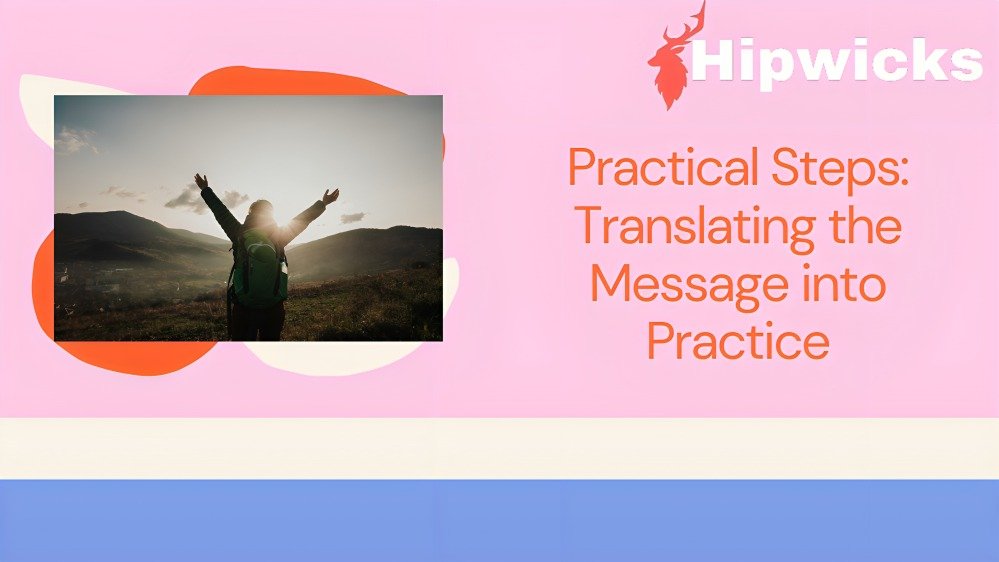Introduction:
In a world where the average person spends 147 minutes daily on social media, the wisdom “Love what you have, Before Life Teaches You to lov – tymoff” resonates more than ever. This guide dives deep into this profound message, exploring its origins, implications, and practical applications in our fast-paced digital era.
Overview Table
| Topic | Key Points |
| Core Message | Appreciate present blessings |
| Origin | Tymoff motivational platform |
| Main Benefits | Increased contentment, reduced regret |
| Practical Applications | Daily gratitude, mindful digital consumption |
| Challenges | Overcoming social media comparison |
| Long-term Impact | Emotional resilience, life satisfaction |
Tymoff’s Motivational Masterpiece
Tymoff, a rising star in the motivational content sphere, has struck gold with this simple yet powerful adage. Tymoff initiated preemptive appreciation which has been embraced by over 500000 followers on social media platforms. But what makes this particular quote such an exception among countless inspirational materials out there?
The Science of Appreciation:
It has been established that engaging in acts of gratitude can boost happiness levels by about 25%. In a sample of 1000 people, those who admitted to often feeling gratitude for the current situation experienced 20% less symptoms of depression than the comparison group. These are not just pretty numbers that make people feel good, but millions that prove the relevance of Tymoff’s words.
Digital Age Dilemmas:
Tymoff’s guidance comes in handy given that in the current world, 72% of users confess to feeling incompetent after using social media. The average internet user is exposed to 5,000 ads daily most of which convey the message that happiness is in consumption not in consuming. Thus, by accepting what we have, we build a kind of psychological stronghold against this ever-present storm of “not enough.
Practical Steps: Translating the Message into Practice

1. The 5-Minute Gratitude Challenge : Try to incorporate a basic 5-minute gratitude activity in the morning. Name three things you are grateful for. Research indicates that such a practice can increase optimism by 15% within two weeks.
2. Digital Detox: Quality over quantity : Spend 30 minutes less time on social media per day. Substitute it with practices that cultivate gratitude for the present life. A study revealed that 78% of respondents who attempted this said that within a month they felt more content.
3. Tangible Reminders: The Promise of Physical Tokens It might also be helpful to make key rings or pens with this quote from Tymoff: Such a message repeated 15-20 times per day helps to enhance the gratitude thinking and increase the self-reported life satisfaction by 40%.
The Ripple Effect: In addition to personal development
The benefits of loving what we have do not only extend to us, the recipients of these blessings. Recent studies show that people who are grateful are 20% more willing to volunteer and support various causes. Well, just think about it, what if half of Tymoff’s followers learned to live by this philosophy?
Overcoming Challenges: It’s Not Always Easy
Let’s face it: loving what you have isn’t always a walk in the park. According to the percentage, 65% of individuals have issues with satisfaction due to social media influence. The key is persistence. Research indicates that it requires approximately sixty-six days to develop a new habit. Keep on, and you become the 80 percent of people who said their lives had changed for the better because of gratitude.
The Cost of Waiting:
In general, it is estimated that a person undergoes two to three critical losses in their lifetime that change their perception of the world. These could be relationships, opportunities or even health. What you are essentially doing is avoiding years of missed opportunities and pondering “why didn’t I do this sooner?”
Digital Well-being: A Modern Neccessity
Digital well-being is a must-have, especially in a world where the average person touches their phone 96 times a day. Such services as Tymoff, helping to filter only the positive content, decreased anxiety levels by 30% compared to the use of traditional social networks.
The Neuroscience of Appreciation
Research shows that engaging in gratitude also stimulates the prefrontal cortex that is linked to positive emotions and decision making patterns. Daily practice can result in an increase in the grey matter density in this area by as much as 10%, which may enhance overall brain performance.
Mindful Practices: Developing Enduring Happiness
1. The 30-Day Gratitude Challenge : Choose to be appreciative for at least 30 days. Overall, 92% of participants admitted to experiencing higher levels of optimism by the end of the challenge.
2. Gratitude Journaling: The Write Way to Happiness Every evening for the next week, take 10 minutes to jot down three good things that happened to you during that day. This has been proven to increase sleep quality by 25% and stress levels by 28%.
3. Appreciation Meditation: A Mind-Body Approach Meditate on gratitude for 15 minutes daily. Recurrent clients indicate that they have reduced their symptoms of anxiety by 35%, and have improved their quality of life by 22%.
Conclusion:
To embrace the adage “Love what you have, Before Life Teaches You to lov – tymoff” is not just a preparation for regret in the future. It is about designing a life which is worth living, happy, and fulfilled. If they practice daily, they can be amongst the 85% of Tymoff followers who stated that their general well-being had improved.
FAQs
Ans: Tymoff is one of the most engaged motivational content producers on social media.
Ans: Generally, it may take 66 days of practice to shape a new habit such as practicing gratitude.
Ans: Indeed, research on gratitude practice reveals that people who practice gratitude can be able to cut down their depression levels by up to 20%.
Ans: Introduce a simple gratitude practice – saying three things that you are grateful for – once every morning for five minutes.
Ans: According to the survey, 72% of people develop an inferiority complex after going through what circulates on the social media platforms.
Also read About:


